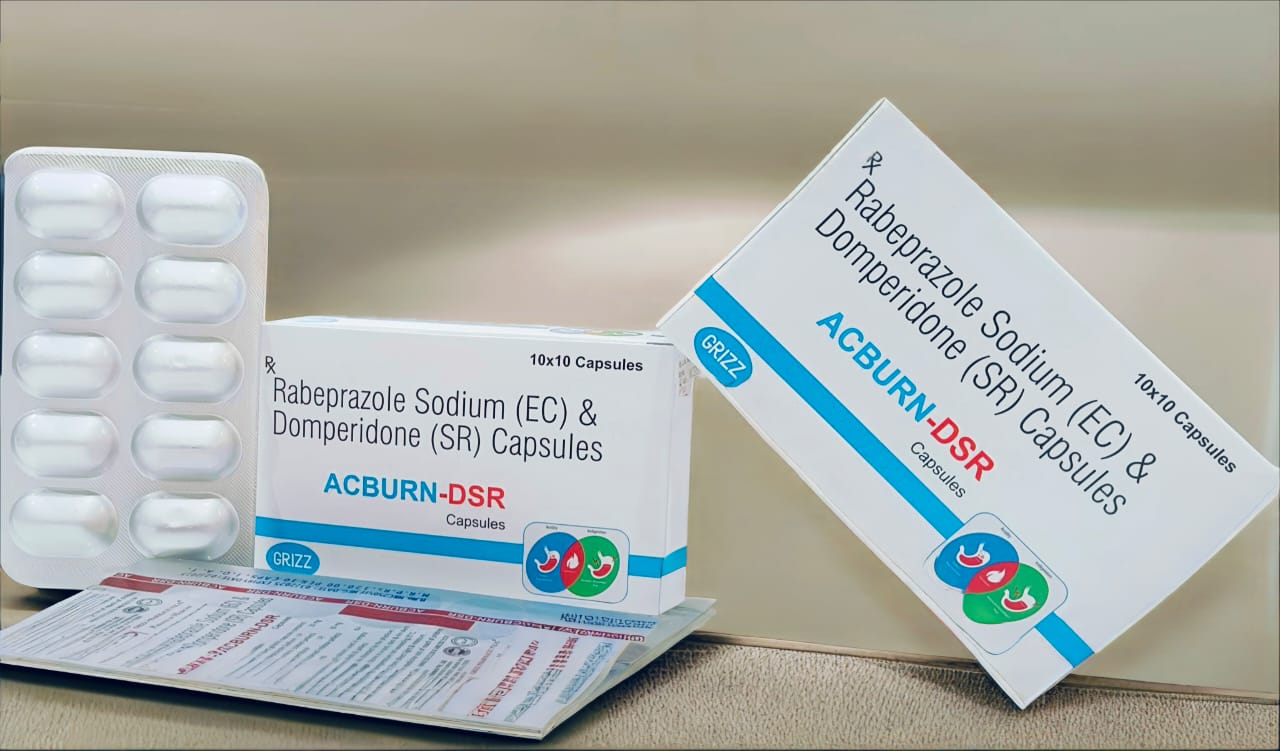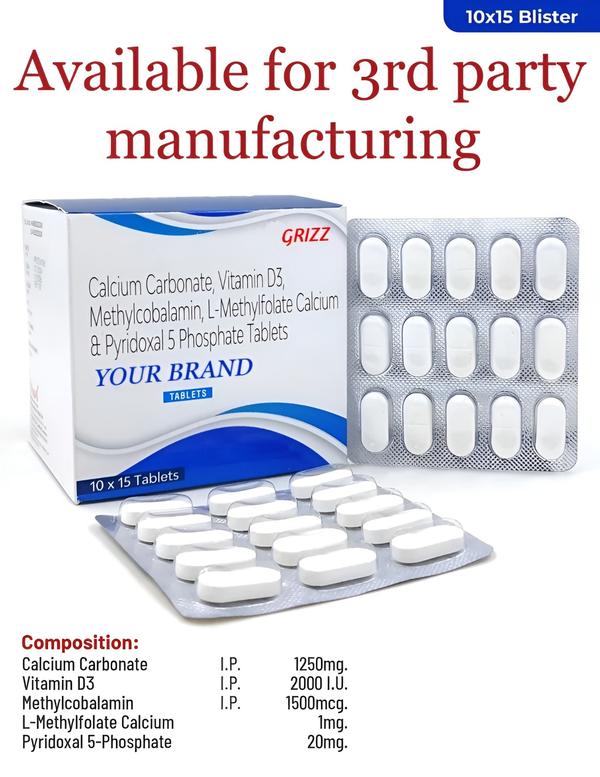Description
Product details
Rabeprazole and Domperidone are two medications commonly used in combination to treat gastrointestinal disorders, particularly those involving acid reflux, indigestion, and nausea. Here's a detailed description of each: 1. Rabeprazole Class: Proton Pump Inhibitor (PPI) Mechanism of Action: Rabeprazole works by irreversibly blocking the H⁺/K⁺ ATPase enzyme system (the proton pump) in the stomach lining, thereby reducing gastric acid secretion. Uses: Gastroesophageal reflux disease (GERD) Peptic ulcers Zollinger-Ellison syndrome Erosive esophagitis Common Side Effects: Headache Diarrhea Nausea Abdominal pain Flatulence Dosing: Typically taken once daily before meals. 2. Domperidone Class: Dopamine D2 receptor antagonist (Peripheral) Mechanism of Action: Domperidone increases the movement of the stomach and intestines, helping food move more easily through the stomach. It also blocks dopamine receptors in the gut and the chemoreceptor trigger zone (CTZ), reducing nausea and vomiting. Uses: Nausea and vomiting Gastroparesis Dyspepsia As an adjunct in GERD (to enhance motility) Common Side Effects: Dry mouth Abdominal cramps Diarrhea Rare: Cardiac arrhythmias (especially in high doses or with long-term use) Precautions: Should be used cautiously in patients with heart problems; prolonged use is generally not recommended. Combination Use (Rabeprazole + Domperidone): Indications: GERD with associated nausea or bloating Functional dyspepsia Acid reflux unresponsive to monotherapy Form: Often available as a single capsule/tablet combining both drugs (e.g., Rabeprazole 20 mg + Domperidone 10 mg) Administration: Usually taken before meals.






